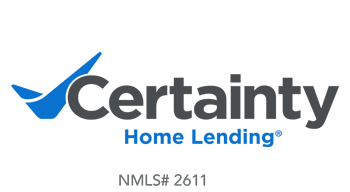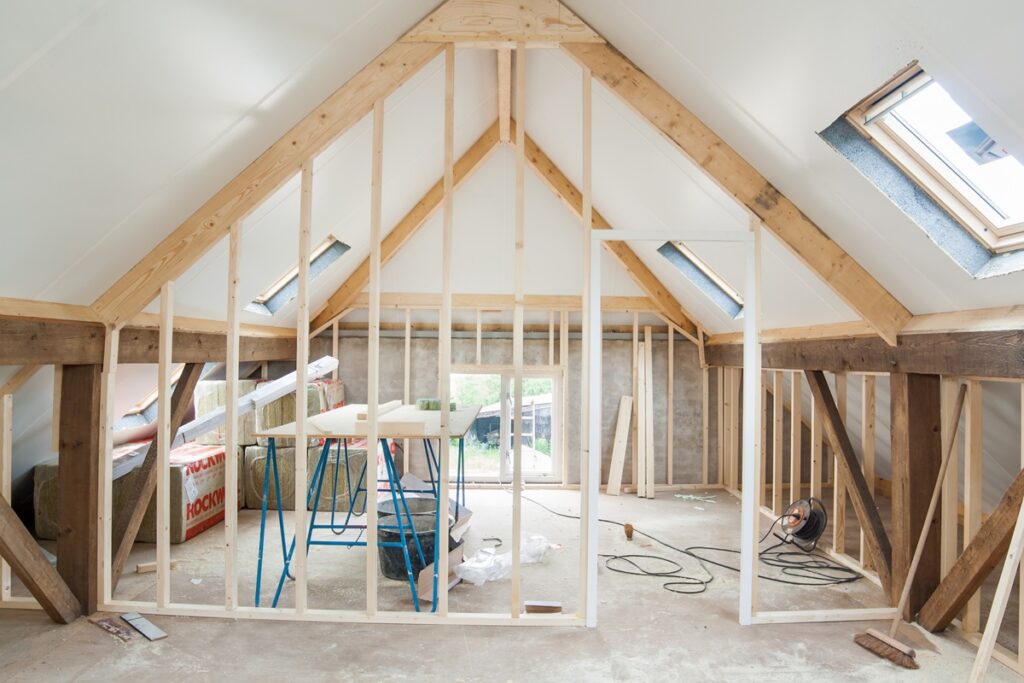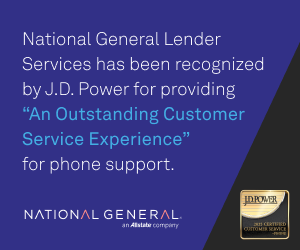This piece originally appeared in the March 2024 edition of MortgagePoint magazine, online now.
As we navigate this unique year for mortgage lenders, we are beginning to see signs of stabilization and possible recovery, even though interest rates remain higher than in previous years. It is essential to remember that the mortgage market has seen higher rates before, with 30-year fixed rates hitting as high as 18% in October of 1981, and still, even in that environment, mortgages were made, and homes were sold.
As of February, 2024, the average 30-year fixed rate stood at 7.8%, which is not far off the average historical rate for 30-year fixed mortgages recorded from 1971-2023, which was 7.74%. The broader perspective suggests that, while rates may feel high right now, they are not unprecedented in the larger historical context.
The abnormally long refinancing boom that characterized the market in the previous decade is likely over, at least for a while. As a result, mortgage lenders are focusing on finding creative and expanded ways to help their clients during current market conditions. One approach is to update or expand their product menu.
The discussions around expanded product offerings have so far centered on various loan offerings such as Home Equity Lines of Credit (HELOCs), Home Equity Conversion Mortgages (HECMs), builder or construction loans, and adjustable-rate mortgages (ARMs). Additionally, creative niche loan products like “Same Day” or “One Percent Down” mortgages have been introduced to serve potential borrowers.
Lenders are expanding their range of offerings to cater to a broader audience of prospects.
Factors Likely to Spur a Renovation Boom
The unique market conditions found throughout the mortgage industry are leading to the emergence of a potential surprise contender for significant origination volume: renovation loans. Several factors are contributing to the potential renovation boom, including:
- A shortage of housing units: The United States is facing a shortage of housing units, which has increased home prices and created fiercely competitive purchase conditions. With limited inventory available and the likelihood that their current mortgages are below market rate, current homeowners have less incentive to move, making renovations attractive for those who want to upgrade or downsize their existing homes.
- High home values: Despite the rise in interest rates, homeowners still have substantial property equity. As home prices are projected to rise, many homeowners may choose to renovate their current homes instead of selling or refinancing.
- High interest rates: Interest rates are expected to remain relatively high for the foreseeable future. This situation could create an affordability issue for potential homebuyers to purchase a new home, leading them to consider renovating less appealing homes a more viable option.
- First-time homebuyer challenges: First-time homebuyers face challenging conditions due to high home prices and limited inventory. Renovation loans could become a more accessible means by which they could enter the housing market, encouraging them to consider properties that need renovation and turning them into their dream homes.
- Inflation: High inflation continues to make new homes more expensive, incentivizing homeowners to consider renovation projects instead of buying new properties. Based upon the “after improved value” that comes with a renovation loan, it is less expensive for homeowners to refinance their 3% mortgages to the current rate using a renovation-based mortgage. In this market, it would likely be more expensive for them to sell their homes; locate and buy new homes (at the current mortgage rate), and pay commissions, closing costs, and moving expenses.
What the Renovation Boom May Look Like
The American Dream of homeownership remains a powerful motivator for many. Family and household formation are critical drivers to buying a home.
While we may have a housing “shortage,” there are still millions of houses out there … it is just a lot more difficult to buy one. Part of that “shortage” could be caused by potential sellers who own properties that do not meet the minimum property requirements for Federal Housing Administration (FHA) financing. While they have the option to sell to a cash investor at a significantly reduced price, they could sell at list price to an owner-occupant using a renovation loan. As people become more educated about the potential of renovation mortgages, we may subsequently see more inventory returned to the market.
That is why mortgage lenders seek to make the potentially daunting task of renovating or refurbishing existing inventory easier. Along with the traditional mortgage approval process, there is an added process for the renovation side. Savvy mortgage lenders will offer experienced, specialized teams which can make the renovation process smoother for loan originators and more attractive to borrowers.
Lenders have available to them conventional, FHA, and VA renovation loans. For each, the loan amount is based upon what the value and condition of the home will be after the renovation work is 100% complete. The FHA 203(k) may have more potential than any other option because a significant number of FHA borrowers lack the financial resources more affluent borrowers might have. FHA also allows the value of the property to be based on 110% of the “after improved value” of the home.
This gives the FHA 203(k) borrower the buying power that comes with offering full price for a home and often includes seller-paid closing costs. The seller receives full price for a house financed in “as-is” condition while the borrower enjoys a fully renovated home utilizing FHA’s flexible guidelines and cash-to-close requirements.
First time homeowners will increasingly look to traditionally less-appealing houses when their “dream homes” prove too difficult to purchase or remain unavailable. Any number of renovation products already available, including loans originated in coordination with HUD’s 203(k), could encourage new homebuyers to turn fixer-uppers into amazing homes. With growing public concern about the SFR (single-family residence) investment boom of recent years, the 203(k) could carry additional favor among policymakers seeking to curb the influx of investors and increase in rental (vs. ownership). They may find it worthwhile to ease the path for lenders to originate 203(k)-related mortgages. However, any lender seeking to enter this space for the first time needs to fully understand and prepare for the additional requirements and responsibilities that come with offering 203(k)-related mortgages.
With the convergence of powerful forces such as the inventory shortage, high home values, higher interest rates and strong demand for homeownership, renovation loans are likely to become a significant component of the mortgage lender’s product mix, offering solutions for current homeowners and first-time homebuyers.
This development could prove to be essential for any successful mortgage lender to meet customer needs.








